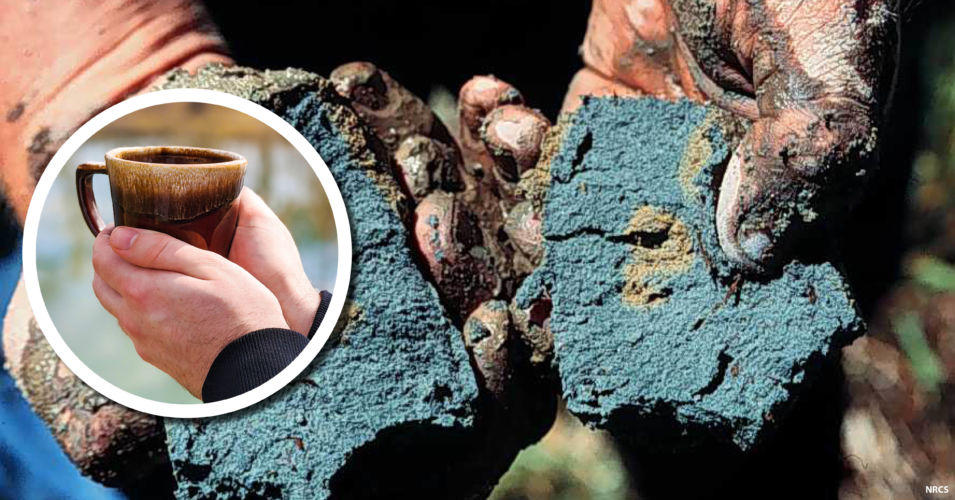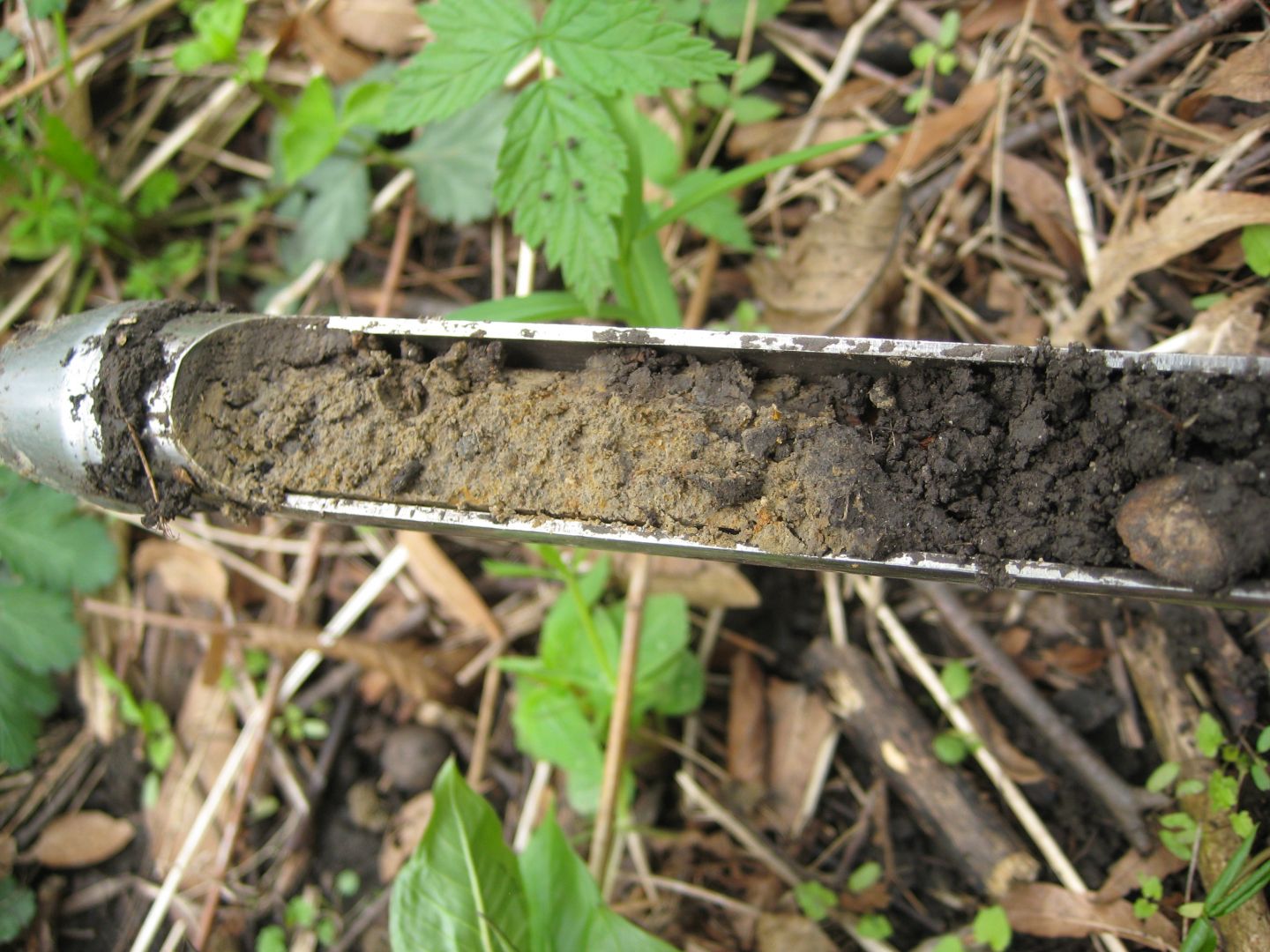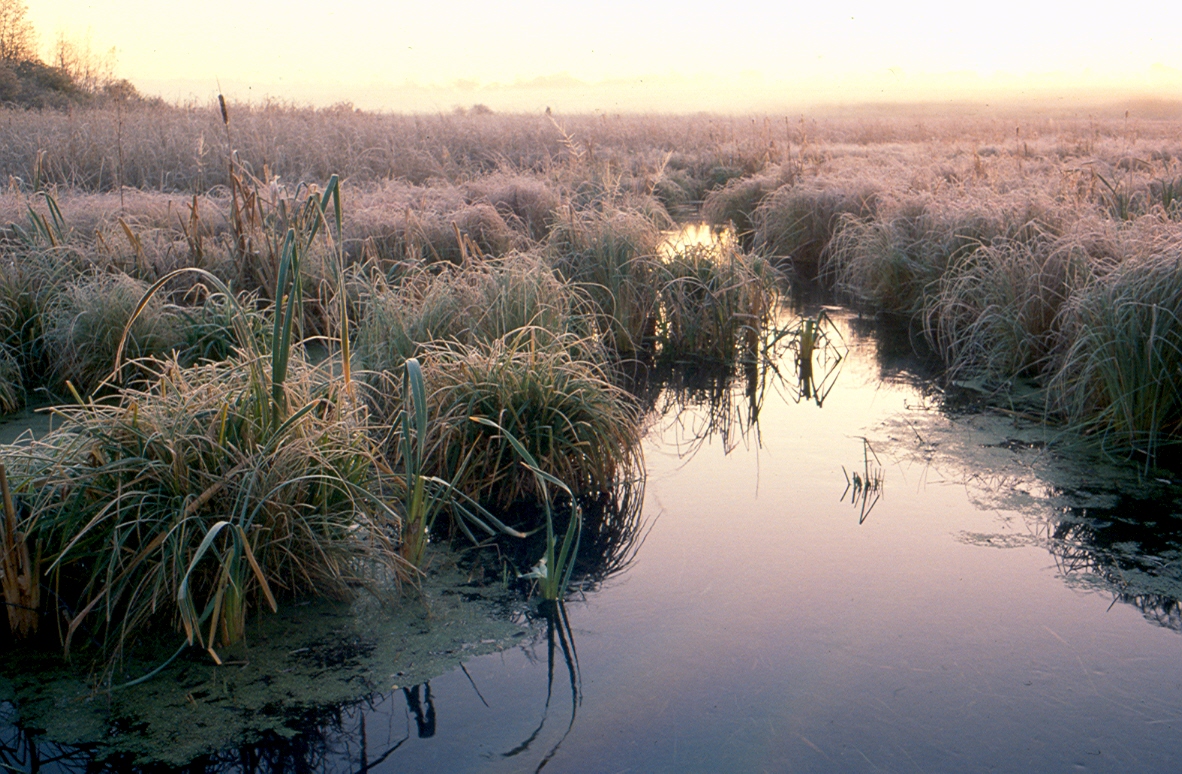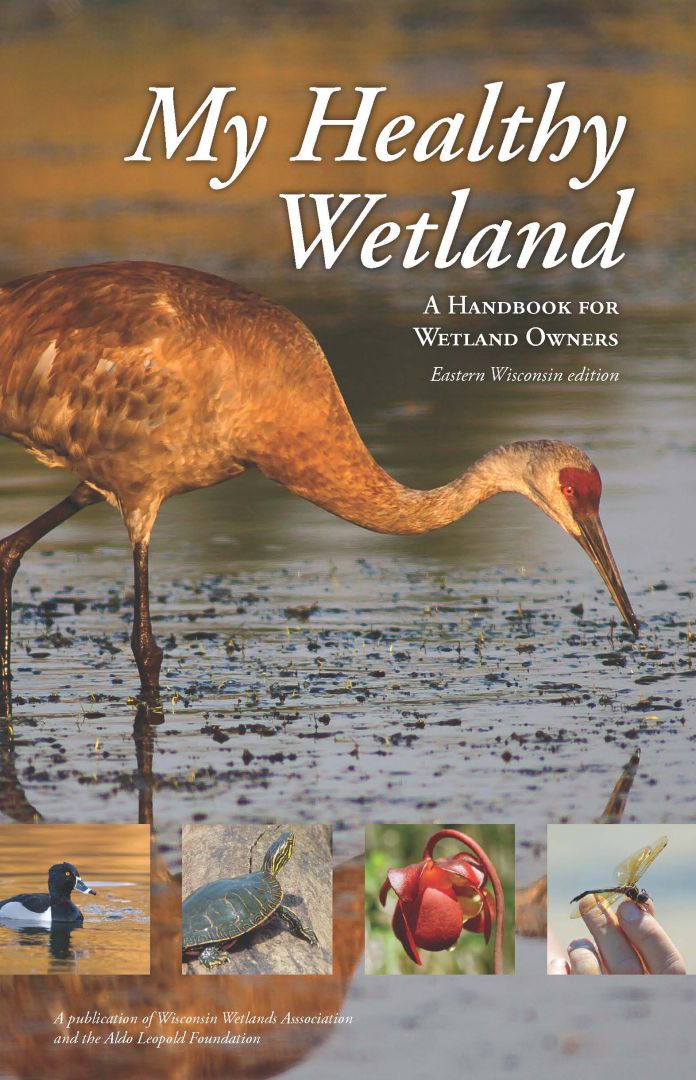If you’re involved with wetland management, restoration, or mitigation at any scale, you need to understand how soil properties influence wetlands. Soils affect water availability, water transport, vegetation communities, and so much more.
Watch the video below to hear wetland ecologist Drew Fowler explain the unique and diverse properties of wetland soils and how different soils facilitate surface and groundwater flows. Whether you’re a landowner, consultant, or land manager, you’ll learn the questions you need to ask of the soils in the wetlands you care for and work with so that you can be an effective manager.
Drew Fowler, WDNR
Recorded June 19, 2020.
Drew Fowler is a research scientist at Wisconsin DNR focusing on waterfowl and wetland ecology. Drew studied abiotic factors that influence wetland management in arid floodplain wetlands in New Mexico for his master’s degree. He received his Ph.D. from the University of Missouri, where he studied winter carry-over effects in migratory snow geese. Drew has guest-lectured in wetland management courses at Louisiana State University and the University of Missouri. He has also taught wetland management principles in China in coordination with the USGS, USFWS, and the International Crane Foundation.
Recommended reading:
Bockheim, J.G. and A. E. Hartemink. 2017. The soils of Wisconsin. Springer.
Mitsch, W. J. and J. G. Gosselink, 2015. Wetlands. Wiley, New York, 736 pp., ISBN 978-1-118-67682-0
Related Content
Learning what kind of wetland soils you have
Wetland Coffee Break: Karst hydrogeology & wetlands
Wetlands and groundwater: It’s all connected





